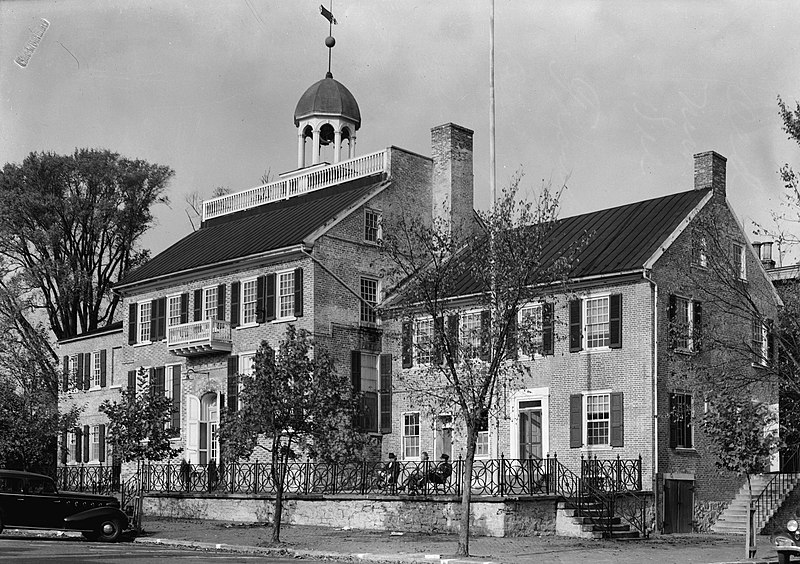Earlier this week, President Obama signed off on five new National Monuments, located across the country, that celebrate both natural resources, people, and significant events in the history of the country. "These sites honor the pioneering heroes, spectacular landscapes and rich history that have shaped our extraordinary country," said President Obama. "By designating these national monuments today, we will ensure they will continue to inspire and be enjoyed by generations of Americans to come."
Are any of these new treasures close to your trail?
Charles Young Buffalo Soldiers National Monument in Ohio. The monument will preserve the home of Col. Charles Young (1864–1922), a distinguished officer in the United States Army who was the third African American to graduate from West Point and the first to achieve the rank of Colonel. Young also served as one of the early Army superintendents of Sequoia and General Grant National Parks, before the establishment of the National Park Service in 1916. The national headquarters of the Omega Psi Phi fraternity, of which Col. Young was a member, made the property available for acquisition by the federal government for the purpose of establishing the national monument commemorating Young’s life and accomplishments. The monument, located in Wilberforce, Ohio, will be managed by the Department of the Interior’s National Park Service.
 |
| Courtesy wikipedia.org |
Harriet Tubman Underground Railroad National Monument in Maryland. The monument commemorates the life of the most famous conductor on the Underground Railroad who was responsible for helping enslaved people escape from bondage to freedom. The new national park, located on Maryland’s Eastern Shore, includes large sections of landscapes that are significant to Tubman’s early life in Dorchester County and evocative of her life as a slave and conductor of the Underground Railroad. The park includes Stewart’s Canal, dug by hand by free and enslaved people between 1810 and the 1830s and where Tubman learned important outdoor skills when she worked in the nearby timbering operations with her father. Lands that are part of Blackwater National Wildlife Refuge, although part of the new national monument, will continue to be managed by the U.S. Fish and Wildlife Service. Harriet Tubman Underground Railroad National Monument also includes the home site of Jacob Jackson, a free black man who used coded letters to help Tubman communicate with family and others. The monument will also partner with the State of Maryland’s Harriet Tubman Underground Railroad State Park Visitor Center when it opens in 2015. The monument will be managed by the Department of the Interior’s National Park Service.
Río Grande del Norte National Monument in New Mexico. Located northwest of Taos, the Río Grande del Norte contains stretches of the Río Grande Gorge and extinct volcanoes that rise from the Taos Plateau. The area is known for its spectacular landscapes and recreational opportunities – like rafting, fishing and hiking – and serves as important habitat for many birds and wildlife. The monument is also home to a dense collection of petroglyphs and extraordinary archaeological and cultural resources dating from the Archaic Period to the more recent passage of Hispanic settlers. The monument will be managed by the Department of the Interior’s Bureau of Land Management, which currently manages the more than 240,000 acres of the monument.
 San Juan Islands National Monument in Washington. Home to bald eagles, orca whales, harbor seals and other rare species, the San Juan Islands is a chain of 450 islands, rocks and pinnacles. Located in Washington State’s Puget Sound, the archipelago provides an opportunity for visitors, campers, kayakers and birdwatchers to experience the natural beauty of the undeveloped, rugged landscape. A number of historic lighthouses are located on the islands, as well as cultural resources and fossils dating back 12,000 years. The monument will be managed by the Department of the Interior’s Bureau of Land Management.
San Juan Islands National Monument in Washington. Home to bald eagles, orca whales, harbor seals and other rare species, the San Juan Islands is a chain of 450 islands, rocks and pinnacles. Located in Washington State’s Puget Sound, the archipelago provides an opportunity for visitors, campers, kayakers and birdwatchers to experience the natural beauty of the undeveloped, rugged landscape. A number of historic lighthouses are located on the islands, as well as cultural resources and fossils dating back 12,000 years. The monument will be managed by the Department of the Interior’s Bureau of Land Management.





